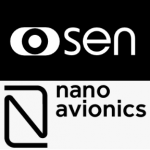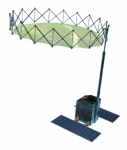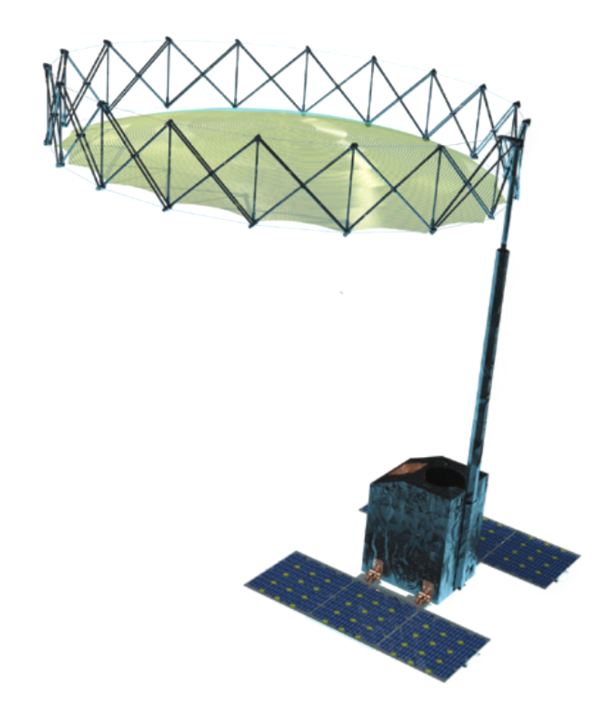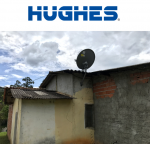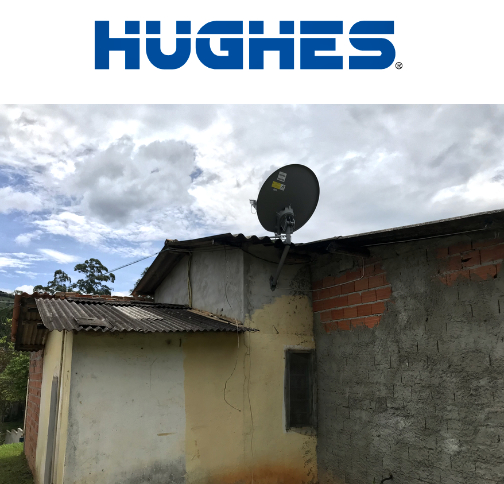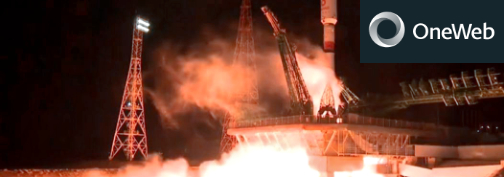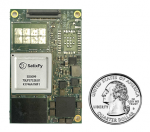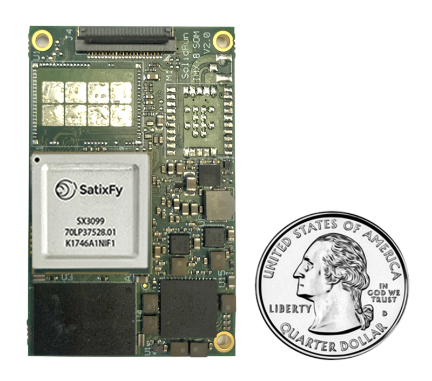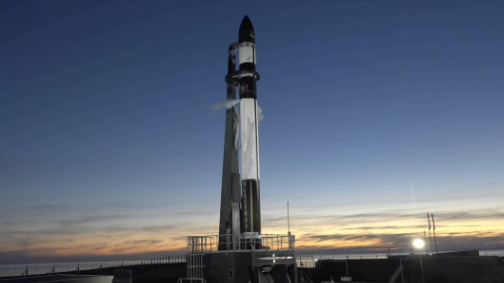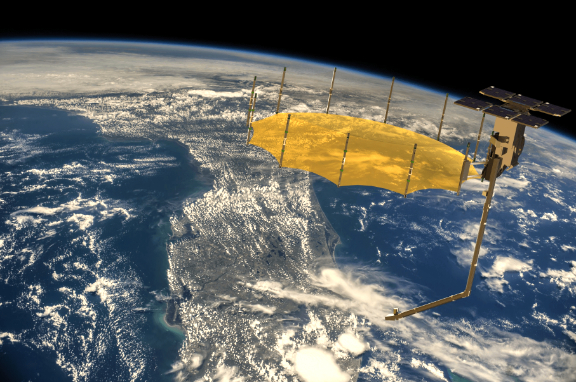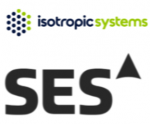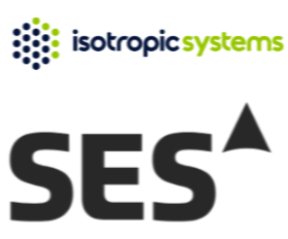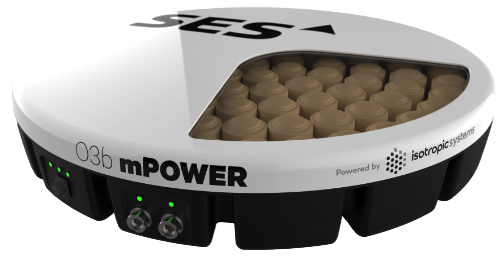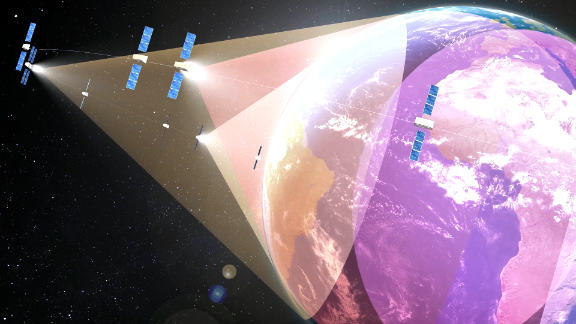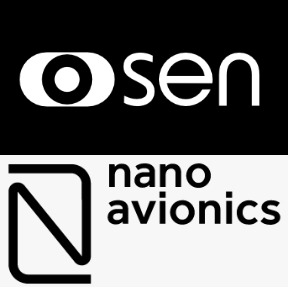
Sen, a British space company that is establishing a video streaming media to provide real-time and timely Ultra-High Definition (UHD) video of Earth, has contracted NanoAvionics to build the first five smallsats of its constellation.
Sen has already demonstrated its technology of streaming ultra-high definition (UHD) video from space and is now focused on developing its “EarthTV” constellation of smallsats to stream real-time and timely videos from space. The service, which will include a freely accessible app for individuals, will be used for monitoring environmental events and natural disasters such as wild fires, floods and storms, as well as monitoring climate change and movement of large groups of people.
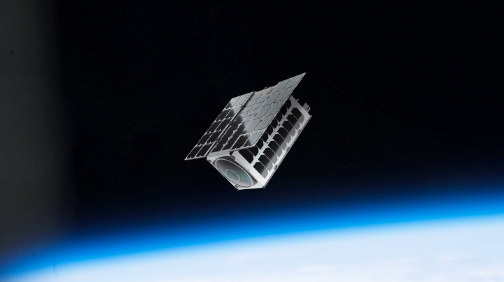
As the start of Sen’s mission to create its “EarthTV” constellation, NanoAvionics will build the 16U smallsat buses and integrate Sen’s payload at their European manufacturing and research facility in Vilnius, Lithuania.
Each satellite will be equipped with several UHD cameras, providing multiple perspectives of Earth, from wide angle imagery down to 1.5 meter resolution. The envisaged launch of the first smallsat, EarthTV-1, will take place by mid-2021. Following a successful test demonstration of EarthTV-1, sending real-time UHD quality video from LEO, NanoAvionics will build the remaining four smallsats for launch in 2022.
NanoAvionics standardized flight-proven nano-satellite buses use modular software approach and flexible architecture with a single fault tolerant design option. By doubling the critical satellite subsystems, single point failures are removed from the system, hence adding mission reliability and redundancy. Such satellite system is designed to have a mission lifetime of 10 years in LEO. These features have allowed the company to increase the range of capabilities offered for a payload, making them ideal to host Sen’s video cameras and video streaming system.
Founded in 2014, Sen already demonstrated 4K Ultra High Definition video from a satellite with six cameras during its first mission which launched in February 2019, filming both the satellite and wide-angle imagery of Earth with its steerable cameras. Sen’s videos will be freely accessible for individuals, with premium services for businesses and organisations.
Sen will provide an open source data platform to enable partner organizations to build apps and analytics using the video data. Sen aims to begin with cameras in LEO and plans to extend this to deeper space and even to deploy cameras on planetary orbiters, rovers and drones at the Moon, Mars and further into the Solar System.
Charles Black, Founder and CEO of Sen, stated that this planet is constantly changing and Sen’s satellites will provide a new and persistent way of seeing events unfolding, empowering humanity to witness the evolution of our planet in a unique way. The company hopes to increase awareness of environmental events and human movement with information that can educate, inspire and empower people to change and improve the outcome. Sen is delighted to be working with NanoAvionics. They have a great team of engineers, first class facilities and a successful track record of building nano-satellites. The firms’ teams have worked extensively together over the last six months to ensure the satellite bus will meet the firm’s specific requirements for streaming high definition videos from several cameras.
Vytenis J. Buzas, Co-Founder and CEO of NanoAvionics, said that building a real-time video service in space is a fantastic mission and shows the growing capabilities of nano-satellites. The company has scaled its flagship, preconfigured, M6P bus to achieve 12U and 16U form factors and to provide customers such as Sen with more possibilities for their missions and payloads. These scaled-up versions have already become NanoAvionics’ most sought-after products and main workhorses in enabling innovative satellite missions in LEO.

